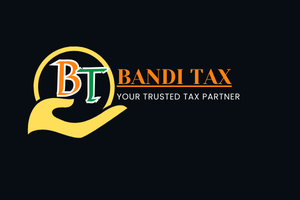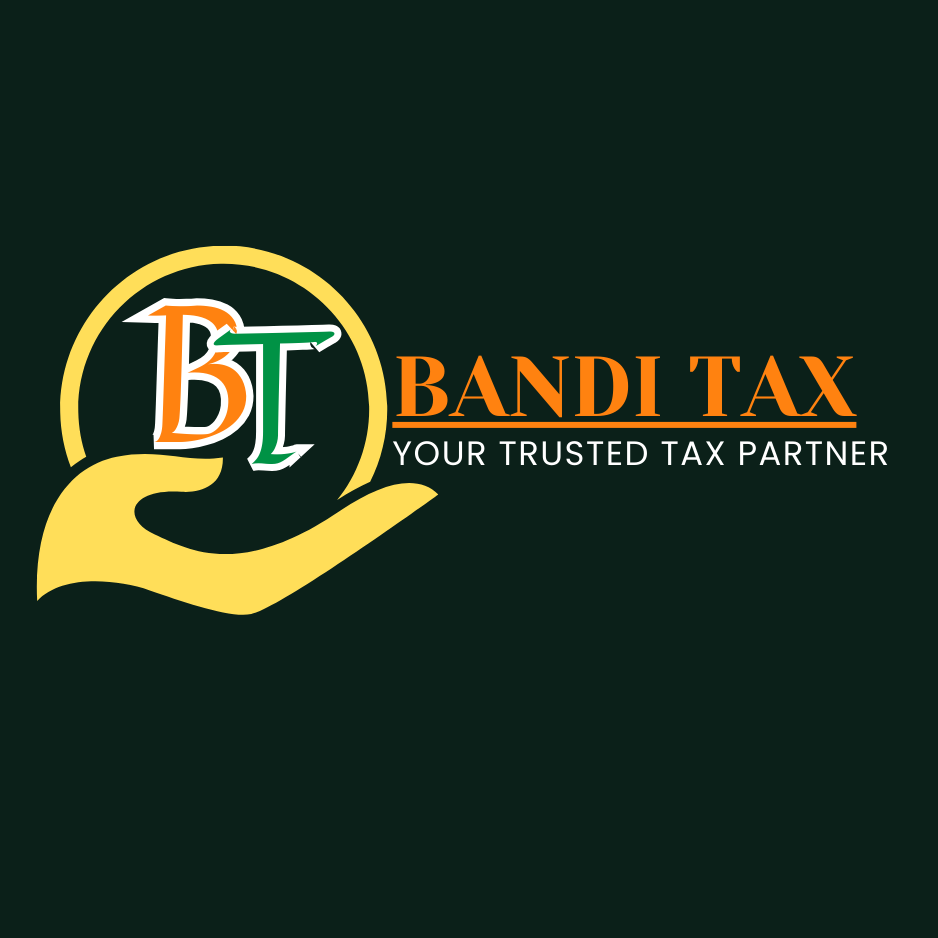Businesses that are registered under GST have to file the GST returns monthly, quarterly, and annually based on the business. Here it is necessary to provide the details of the sales or purchases of the goods and services along with the tax that is collected and paid. Implementation of a comprehensive Income Tax System like GST in India has ensured that taxpayer services such as registration, returns, and compliance are in range and perfectly aligned.
Businesses registered under GST file returns monthly, quarterly, or annually, depending on their category. These returns detail sales, purchases, and taxes collected and paid. GST implementation in India streamlines services, aligning registration, returns, and compliance.
An individual taxpayer filing GST returns typically submits four forms: GSTR-1 for supplies, GSTR-2A (Auto draft) for purchases, GSTR-3B for tax payment and ITC claimed monthly returns, and GSTR-9 for the annual return

